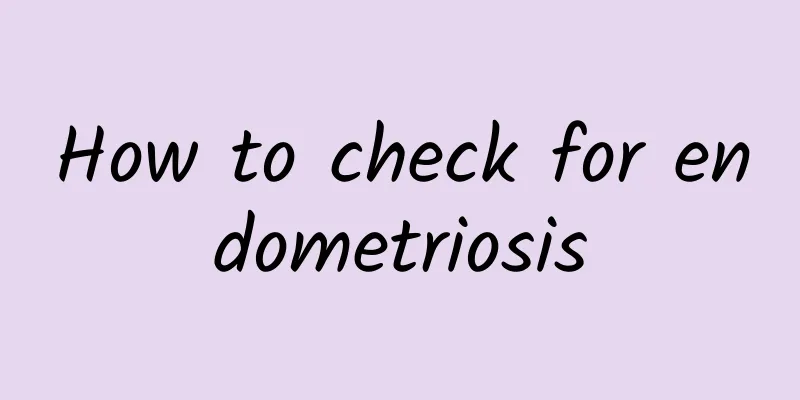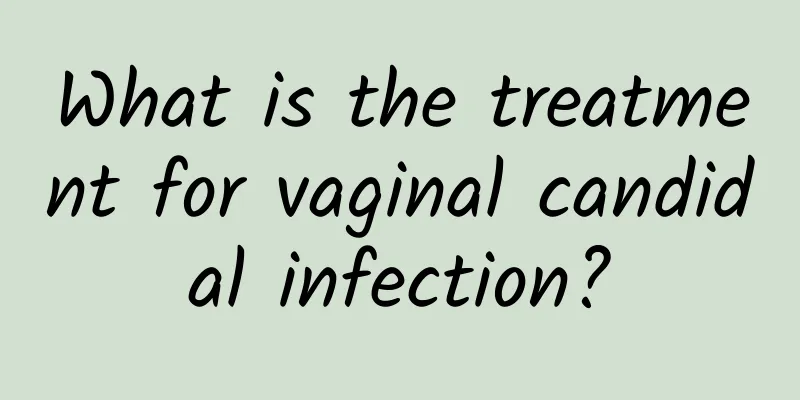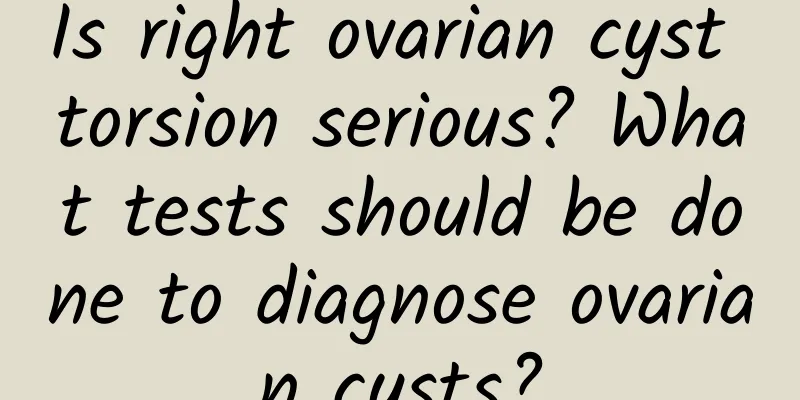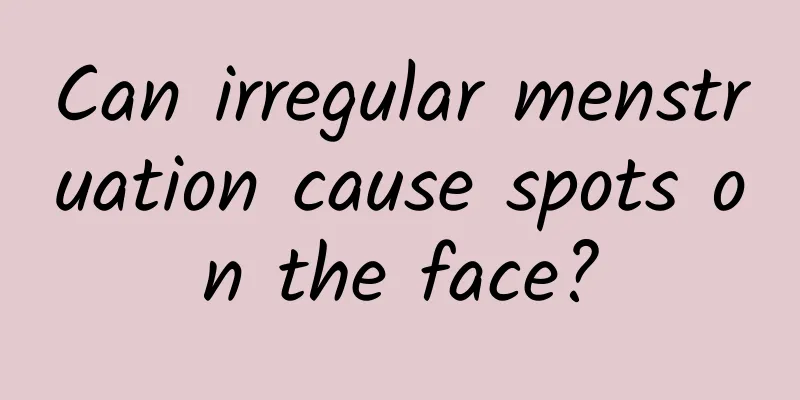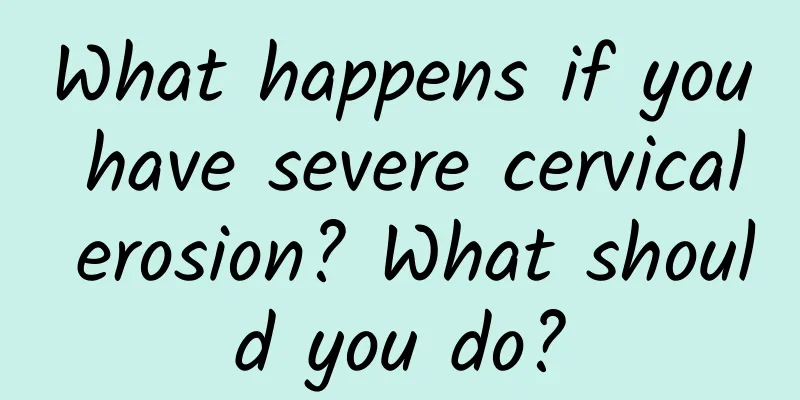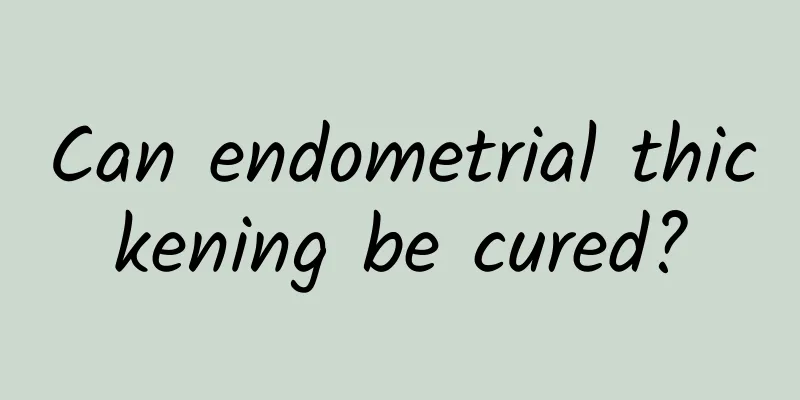Is uterine fibroid surgery a major operation? What are the common surgeries for uterine fibroids?
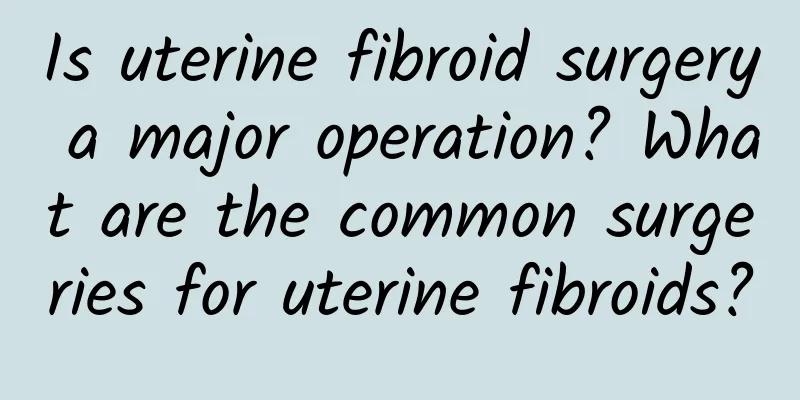
|
The appearance of uterine fibroids troubles many women. In fact, uterine fibroids are a manifestation of cancer. If not treated in time, it will cause more serious diseases. So, is uterine fibroid surgery a major operation? What are the surgeries for uterine fibroids? It is understood that the current treatment methods for uterine fibroids include conservative treatment and surgical treatment, which mainly depends on the patient's condition, such as the number, size, location, age, fertility, etc. Conservative treatment includes drug treatment and intrauterine ring placement, which is more suitable for patients with mild disease, under 40 years old, and with fertility needs. For patients with complex conditions, no fertility needs, and single uterine fibroids with a diameter of more than 5 cm, it is best to consider surgical treatment. Uterine fibroid surgery is a major operation. Surgical treatment of uterine fibroids includes myomectomy and hysterectomy, which can be performed through abdominal, vaginal or endoscopic surgery (hysteroscopy or laparoscopy). The choice of surgery and surgical method depends on factors such as the patient's age, fertility requirements, the size and location of the fibroids, and medical technology conditions. (1) Myomectomy: The surgery to remove uterine fibroids and preserve the uterus is mainly used for young women under 40 who wish to retain their fertility. It is suitable for patients with large fibroids, heavy menstruation, compression symptoms, infertility caused by fibroids, submucosal fibroids, and rapidly growing fibroids without malignant transformation. (2) Patients with obvious symptoms of hysterectomy, the possibility of malignant changes in fibroids, and no fertility requirements are suitable for hysterectomy. Hysterectomy can be performed by total hysterectomy or subtotal hysterectomy. Patients of older age are suitable for total hysterectomy. The possibility of cervical malignancy must be eliminated before surgery. (3) Uterine artery embolization uses radiological intervention to insert an arterial catheter directly into the uterine artery, inject permanent embolic particles, block the blood supply to the uterine fibroids, and achieve fibroid shrinkage or even disappearance. UAE is currently mainly suitable for uterine fibroids with symptoms such as anemia caused by abnormal uterine bleeding. When choosing interventional treatment for uterine fibroids, caution should be exercised, especially for patients with uncontrolled pelvic inflammation, patients who wish to retain fertility, arteriosclerosis, and contraindications to angiography should be listed as contraindications to this treatment. 5% of patients may have premature ovarian failure and rare pelvic infections after surgery. |
Recommend
Chicken breast can be fried for more than just dry cooking! 2 recipes cleverly paired with avocados to help with good ingredients, multiplying the fat-reducing effect
In order for the protein ingested through the die...
How to treat an invasive mole
How is an invasive mole treated? 1. Invasive mole...
Daily care for menopausal patients
When women reach the age of 50, they will experie...
Causes and examination of recurrent spontaneous abortion
Many patients have experienced embryo arrest, spo...
Can I get pregnant if I have uterine prolapse?
Uterine prolapse is a common disease among women,...
Can a girl who has had an abortion be found out during a premarital checkup? It's not too late to know now
Today I want to talk to you about a sensitive but...
Is grade 3 cervical precancerous lesion likely to recur?
Is grade 3 cervical precancerous lesions prone to...
How to prevent menstrual irregularities for married women
Menstrual irregularities have become a common pro...
Is menstrual irregularity hereditary?
I believe most women should know that many women ...
Be careful of adnexitis when these symptoms occur!
What are the symptoms of adnexitis? Adnexitis is ...
Do I have to stay in bed after a painless abortion?
Do I have to stay in bed and rest after a painles...
Double chin can be cured! Try Japanese "Grimace Yoga"
Can making faces help reduce double chin? The &qu...
Talk to you about effective dietary treatments for bacterial vaginosis
In addition to conventional treatment, you can al...
What are the methods to prevent cervicitis?
If you get cervicitis, it is very likely that wom...
What happens if my vulva itches after my period?
What happens if my vulva itches after my period? ...
